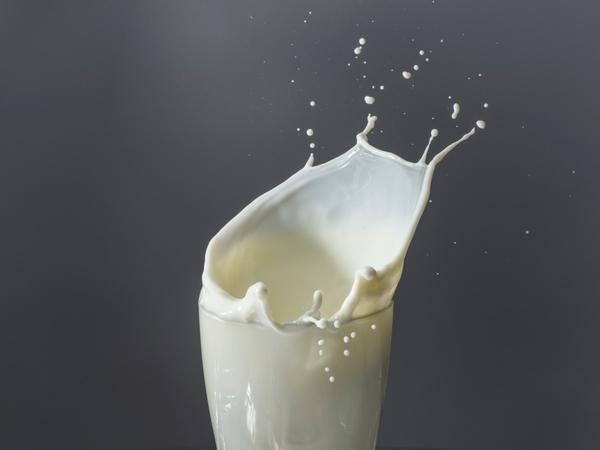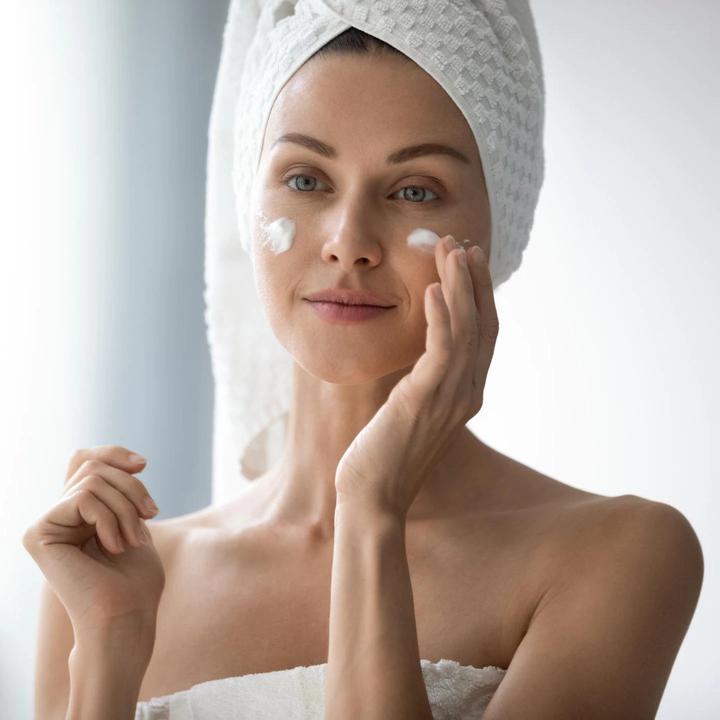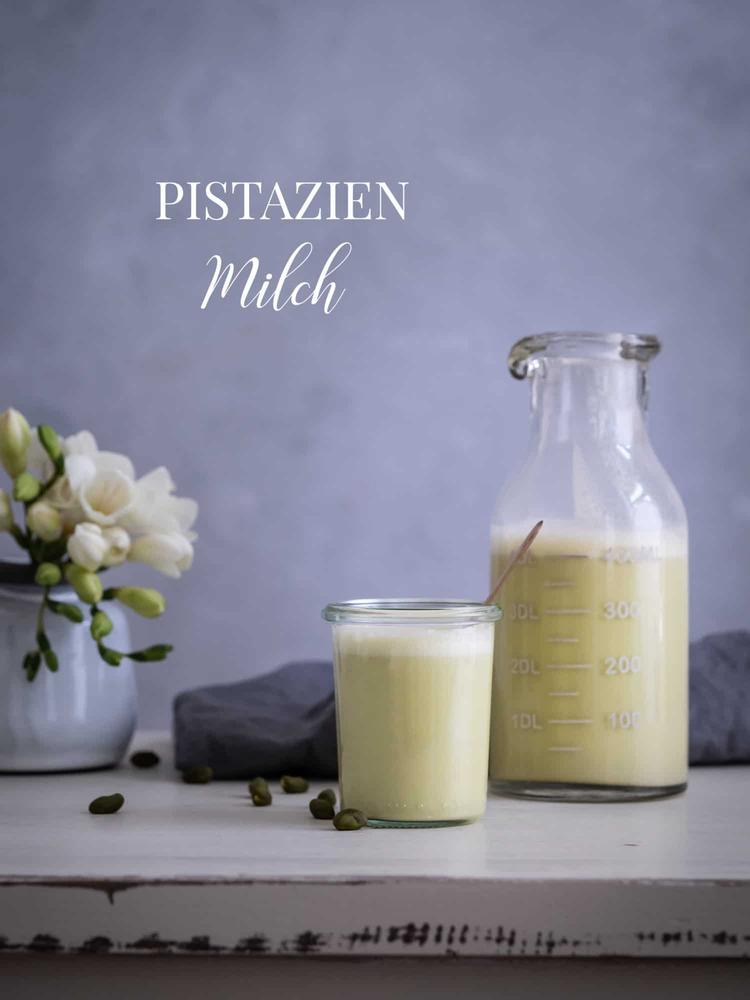
Who makes the colors?The light makes the colors.So it is also the light that determines what impression the skin makes.It should look healthy, a natural ray and the still coveted glow she should have.Means for the purpose?Make up.
The skin should present itself as flawless as possible, whether young or not young or not young.Not only because even skin is perceived as attractive, but also because the ubiquitous social media work primarily with pictures.That is why make-up products for the complexion see themselves today as accomplices, as accomplices of light.Intelligent, smart and efficient, they act inconspicuously and - as the good accomplices - almost invisible.
Generation Selfie
Seeing and being viewed - and, as far as attractiveness is concerned, a fraction of seconds are assessed and evaluated - a normal process of non -verbal communication is.Not least because of that we want to look good.Far more as a sign of skin aging, the appearance of the skin determines whether someone is perceived as good, as beautifully perceived.Pure and well -blooded skin is perceived as beautiful, a light, rosy complexion is also.Characteristics young skin.In later years, when the skin cells share more slowly when the skin can store less moisture, if stress and perhaps an unhealthy lifestyle have left visible traces, it naturally looks different.The pigmentation becomes irregular, the skin drier, the complexion becomes pale, sometimes gray.
The skin
The fact that young skin can shine so envied is due to the daylight, which is not only reflected from the surface of the skin, but also by the deeper layers of the skin.On its way from the inside out, the light comes into contact with melanin and hemoglobin, which enrich it with different colors, which in turn determine the color and radiation of the skin.If the skin is rosy, evenly colored and adequately supplied with moisture, the appearing light is sprinkled perfectly and it looks smooth, healthy and fresh.If the skin quality - which is inevitable with increasing age - this also affects its charisma.
The light
The skin quality is one.The other is the light that is not always the same.Warm, natural light lets the skin shine, artificial light is cold and mercilessly pulls every little flaw in front of the curtain.But the light that varies depending on the location, day and season, and the perception of the human eye can hardly be influenced.So you have to try to change the surface to which the light meets, i.e. the skin.Measure to the end is make-up.Make up, as we know it, Maksymilian Factorowicz, a Pole that emigrated to America in 1904 and under the name Max Factor in the "Hall of Fame" of Cosmetics secured a place at the top, more than 100 years agoNot only developed for film productions, he also chose the name "make-up" for his make-up.
Make up
Hundred years in which progress is not standing standing still.Because women are increasingly expecting their make-up.In addition to the "Pan-Cakes" by Max Factor (a primer in a compact form, which replaced the heavy, rigid and greasy shiny theater make), liquid foundations on an emulsion basis joined.Then tinted daily creams came into fashion, which finally led to the development of products that should combine skin care with decorative cosmetics.Make up has turned from a strongly covering paste into an elegant, smart, light and, above all, easy-to-use product, which hardly a woman wants to do without.Because Max Factor already knew: "Glamor is not innate, glamor can be created."
High-tech
The performance of a modern foundation should be flawless, but not mask-like, velvety-matt, beaming, but above all the complexion of course.Airy and pleasantly light like a second skin should be make-up, the color result lasts as long as possible.Many different women are synonymous with many wishes.That is why there are so many variants of make-up today.Different consistencies - powder, liquid, compact, creamy, for spraying - are just as natural as different, perfect as possible colors.The first foundations were still in the type of classic skin cream (i.e. based on oil-in-water or.Water-in-oil emulsions), which, however, lost their smoothness due to the addition of pigments, are today highly complex formulations made of silicone oils, polymers, water or alcohol and active substances from skin care at work.Silicone oils and polymers, for example, are constructed by grid -like structures, which are on the skin like a flexible film like a flexible film.Water ensures a feeling of freshness, active ingredients from skin care (oils, hyaluronic acid, vitamins, vegetable active ingredients, light protection filters), for example, take care of continuous care for the skin with moisture, but they also - depending on the product - take care of tightening,About matting and protection.
Pigment
Pigments and powder take care of the light.Apart from the color of the make-up product, color-corrected pigments (often combination of green and orange pigments that correct redness and irregularities in the skin tone) ensure even skin and for a radiant complexion.Delicate, shimmering powder particles with intensive light -reflecting properties act like a mirror that dives the skin in light.Intelligent technologies have also made powder possible that adjust to the skin condition and synchronize the light reflection of the skin during a day.Pigments with a soft drawer effect leave a homogeneous and transparent make-up result.Optical corrections that you don't see.
Formulations
Cushion foundations, liquid color in the stamp cushion for the complexion have recently been very popular (and extremely practical).Most of these foundations have a slight opacity and achieve an extremely natural finish.Foundations are still very popular (both liquid and compact form) that keep long and cover irregularities well, as well as foundation that covers the complexion in elegant yet radiant matt.Which foundation is the right one depends primarily on the skin type.If the skin is dry, the foundation should have a slight opacity, donate a lot of moisture and be rather creamy.Comb skin and oily skin often have oily, but also dry parts.T-zone, nose and chin shine and tilt to impurities.The opacity should be up to high, since the skin is often reddened.Normal skin is satisfied with a thin texture.
Color
Finding the right color is actually not difficult.The color that you don't see on the skin is ideal.It is best to apply three colors that could fit on the face side by side.The nuance you don't see is the right one.Too bright colors make the complexion look pale and sickly, remembering too dark (not entirely voluntary) of Carnival.And: Dark Foundation is not suitable as a replacement for self -tanners.
Primer, Concealer & Co.
Primers are complexion-optimizing products that are applied before a foundation.They smooth the skin surface, refine the pores and ensure that the make-up keeps even better.Concealers are make-up products that are more pigmented and even dark eye shadows or redness that would shine through under a foundation.Contouring pallets are currently popular.The use of light and dark pigments can be deceived optically well.Noses can be increased, cheekbones, the chin line can be reinforced.Raps that are supposed to emerge are emphasized with lighter pigments.Zones that are to be visually deepened are shaded in a darker tone.However, you need a bit of practice to achieve a natural result.So-called strobing products are an alternative to this.You only work with highlights.Glow to go, so to speak,.







